Kingdom Plantae Tribe Phaseoleae Higher classification Kudzu | Subfamily Faboideae Rank Species | |
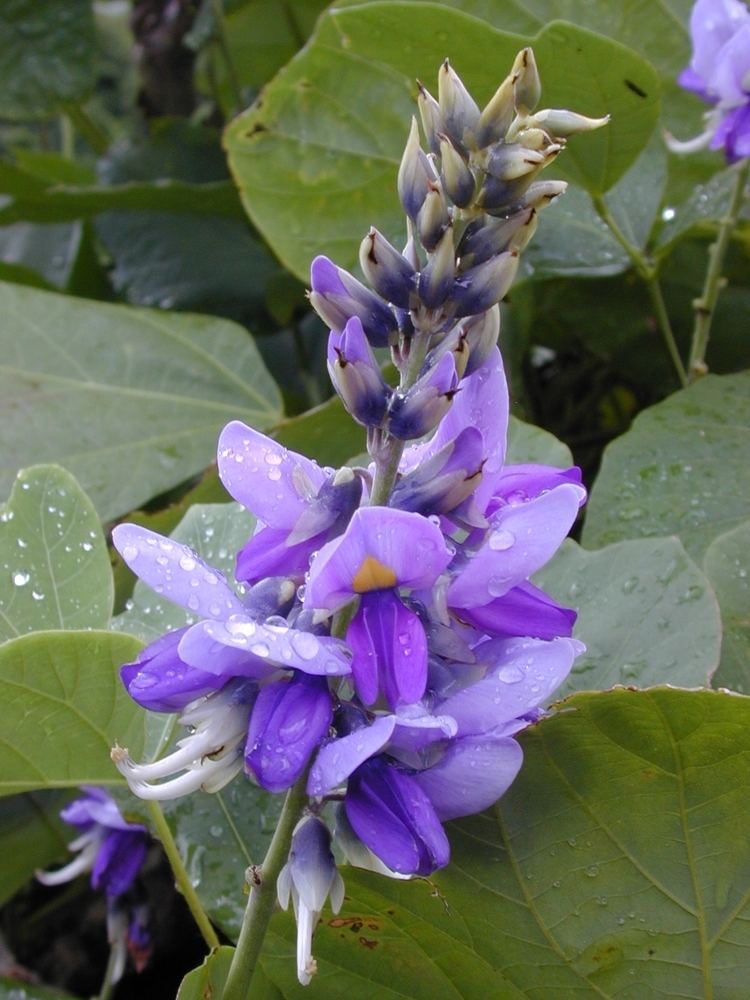 | ||
Similar Kudzu, Pueraria mirifica, Glycyrrhiza uralensis, Platycodon, Legumes | ||
Rudiger roll video 49 kudzu wild vine pueraria montana fire roll friction fire
Pueraria montana is a species of plant in the botanical family Fabaceae. At least three sub-species (alternatively called varieties) are known. It is closely related to other species in the genus Pueraria (P. edulis and P. phaseoloides) and the common name kudzu is used for all of these species and hybrids between them. The morphological differences between them are subtle, they can breed with each other, and it appears that introduced kudzu populations in the United States have ancestry from more than one of the species.
Contents
- Rudiger roll video 49 kudzu wild vine pueraria montana fire roll friction fire
- Eattheweeds episode 73 kudzu
- Description
- Subspecies and varieties
- Invasive species
- References
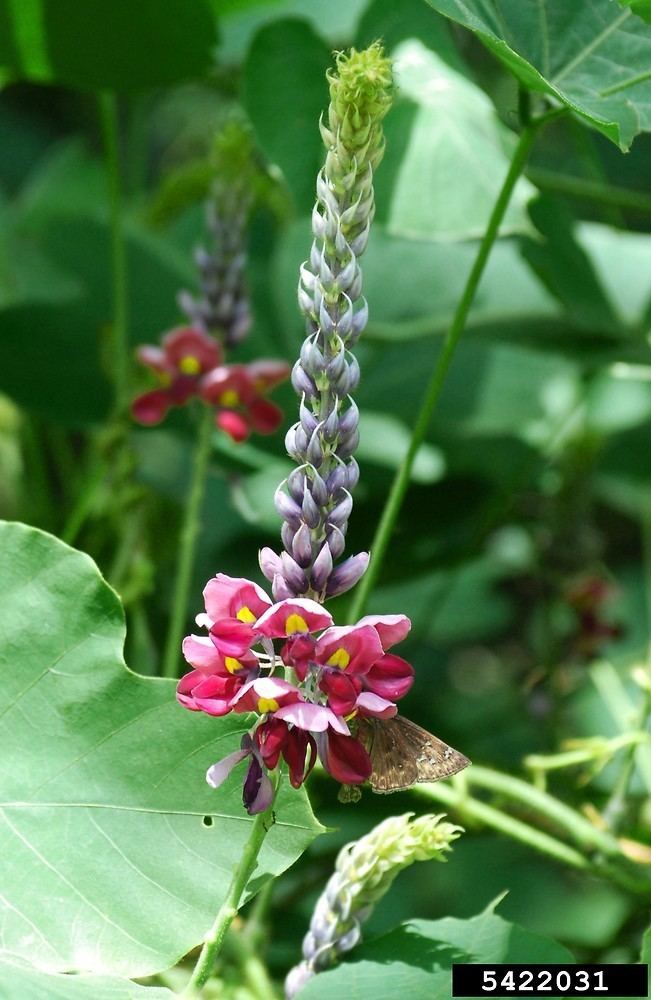
Eattheweeds episode 73 kudzu
Description
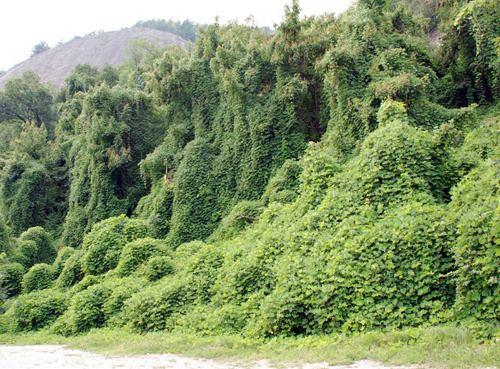
It is an seasonal climbing plant, growing high where suitable surfaces (trees, cliffs, walls) are available, and also growing as ground cover where there are no vertical surfaces. It is a perennial vine with tuberous roots and rope-like, dark brown stems to 20 m (65 ft) long. It grow up to 20 m per year and can achieve a growth height of 30 m. It has markedly hairy herbaceous stems.

Pueraria montana is native to Southeast Asia, primarily subtropical and temperate regions of China, Japan, and Korea, with trifoliate leaves composed of three leaflets. Each leaflet is large and ovate with two to three lobes each and hair on the underside. The leaves have the ability to fix atmospheric nitrogen, which can supply up to 95% of leaf nitrogen to the plant in poor soils. Along the vines are nodes, points at which stems or tendrils can propagate to increase support and attach to structures. As a twining vine, kudzu uses stems or tendrils that can extend from any node on the vine to attach to and climb most surfaces. In addition, the nodes of the kudzu vine have the ability to root when exposed to soil, further anchoring the vine to the ground. The roots are tuberous and are high in starch and water content, and the twining of the plant allows for less carbon concentration in the construction of woody stems and greater concentration in roots, which aids root growth. The roots can account for up to 40% of total plant biomass.
Flowers are reddish-purple and yellow, fragrant, similar to pea flowers, about 20–25 millimetres (0.79–0.98 in) wide and are produced at the leaf axis in elongated racemes about 20 centimetres (7.9 in) long. The flowering period extends from July through October. The fruit is a flat hairy pod about 8 centimetres (3.1 in) long with three seeds.
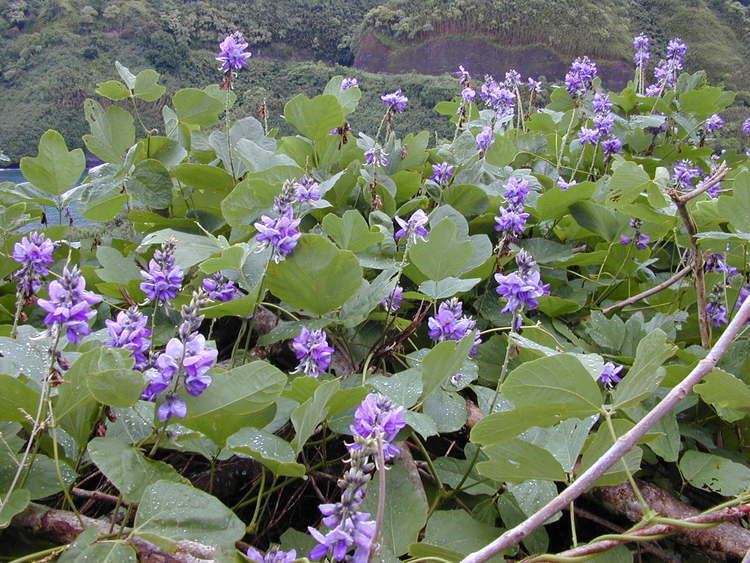
Kudzu’s primary method of reproduction is asexual vegetative spread (cloning) which is aided by the ability to root wherever a stem is exposed to soil. For sexual reproduction, kudzu is entirely dependent on pollinators.
Although kudzu prefers forest regrowth and edge habitats with high sun exposure, the plant can survive in full sun or partial shade. These attributes of kudzu made it attractive as an ornamental plant for shading porches in the Southeastern United States, but they facilitated the growth of kudzu as it became a “structural parasite” of the southern states, enveloping entire structures when untreated and often referred to as “the vine that ate the south”.
Subspecies and varieties
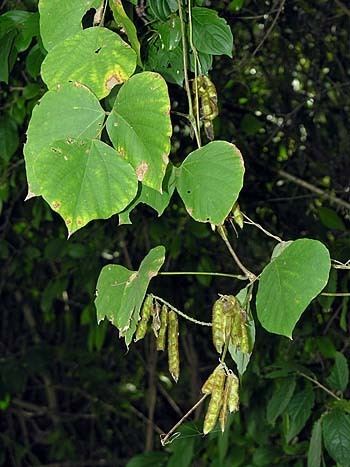
Invasive species
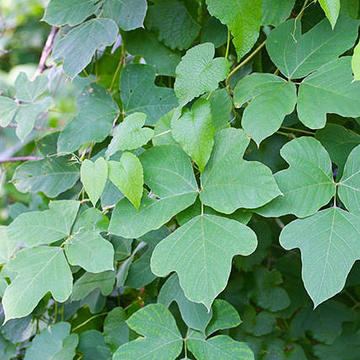
The natural range of Pueraria montana in east Asia, is the India, Myanmar, Indochina, China, Korea and Japan to Thailand, Malaysia, the Pacific Islands and north Australia. In its native habitat, it and closely related species occur across wide areas; the species have diverged genetically due to vicariance.
Like other exotic species, the introduction to other areas is due to human actions. Seeds are spread by mammals and birds. Kudzu are plants adapted to drought. Only above ground portions are damaged by frost; thick storage roots grow as deep as 1 metre. It forms new perennial root crowns from stem nodes touching the ground. The ecological requirements of the species are those of the subtropical and temperate habitat areas.
In Europe, Pueraria montana grows in several places in warm regions of Switzerland and Italy near Lake Maggiore and Lake Lugano.
During World War II, kudzu was introduced to Vanuatu and Fiji by United States Armed Forces to serve as camouflage for equipment. It is now a major weed there.
Pueraria montana is also becoming a problem in northeastern Australia.
In the United States, Pueraria montana is extensively reported in Alabama, Arkansas, Connecticut, Washington, D.C., Delaware, Florida, Georgia, Illinois, Indiana, Kentucky, Maryland, Missouri, Mississippi, North Carolina, North Dakota, New Jersey, Oregon, Ohio, Pennsylvania, South Carolina, Tennessee, Texas, Virginia, and West Virginia. Of these states, three in the southeast have the heaviest infestations: Georgia, Alabama, and Mississippi.
